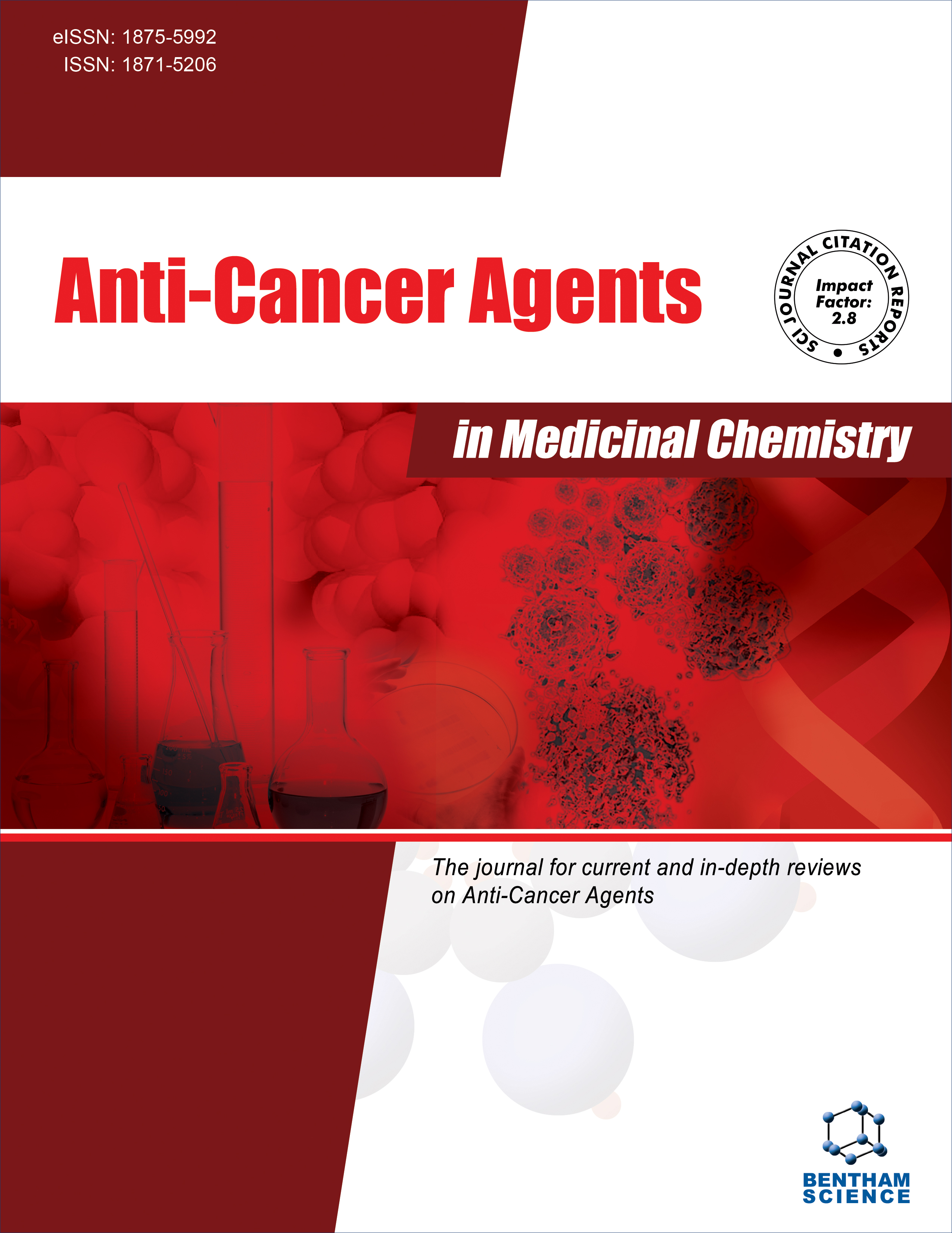
Full text loading...

ancer remains a growing challenge in modern society, presenting a significant obstacle in both developed and developing countries. Conventional treatments are often costly and limited by issues such as drug resistance and undesirable side effects. Consequently, the exploration of natural compounds has emerged as a promising strategy for developing more effective and tolerable cancer therapies. Among these, Ferula plants have gained attention for their potential anticancer components. Notably, two coumarin compounds derived from these plants, farnesiferol C and umbelliferone, have demonstrated substantial anticancer activity, as supported by an increasing number of published studies. This review aims to consolidate existing evidence on the anticancer effects of farnesiferol C and umbelliferone while comparing their efficacy as potential therapeutic agents. To accomplish this, a comprehensive literature search was conducted using the terms “umbelliferone” and “farnesiferol C” paired with “anticancer” across databases such as ISI Web of Knowledge, PubMed, and Google Scholar. Relevant studies up to March 2024 were retrieved, summarized, and incorporated into this analysis. The findings indicate that both compounds exhibit significant anticancer properties, positioning them as viable candidates for future drug development. A comparative analysis of their IC50 values, the concentration required to inhibit 50% of cancer cell growth, reveals that farnesiferol C demonstrates greater cytotoxic potency against various cancer cell lines compared to umbelliferone. However, while these results are encouraging, further research is recommended, particularly in vivo studies to evaluate the compounds’ toxicity and therapeutic potential in living organisms.

Article metrics loading...

Full text loading...
References


Data & Media loading...